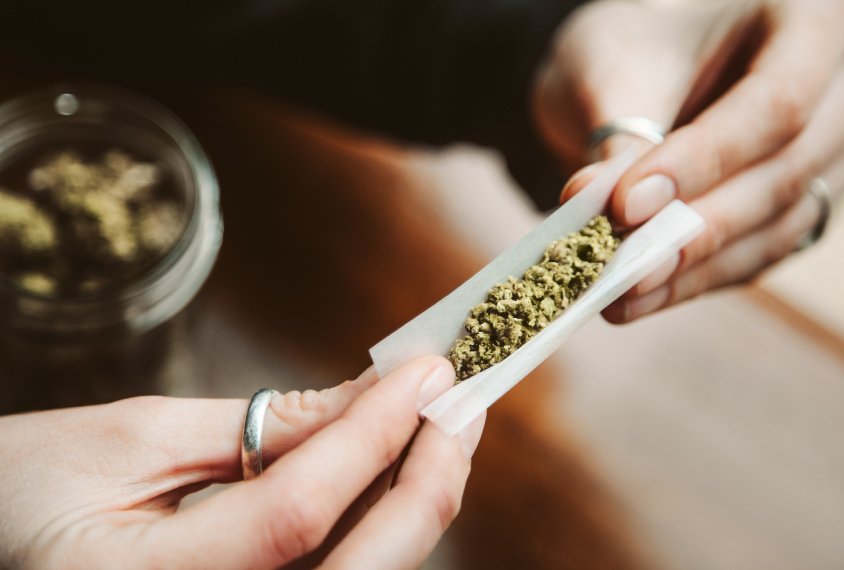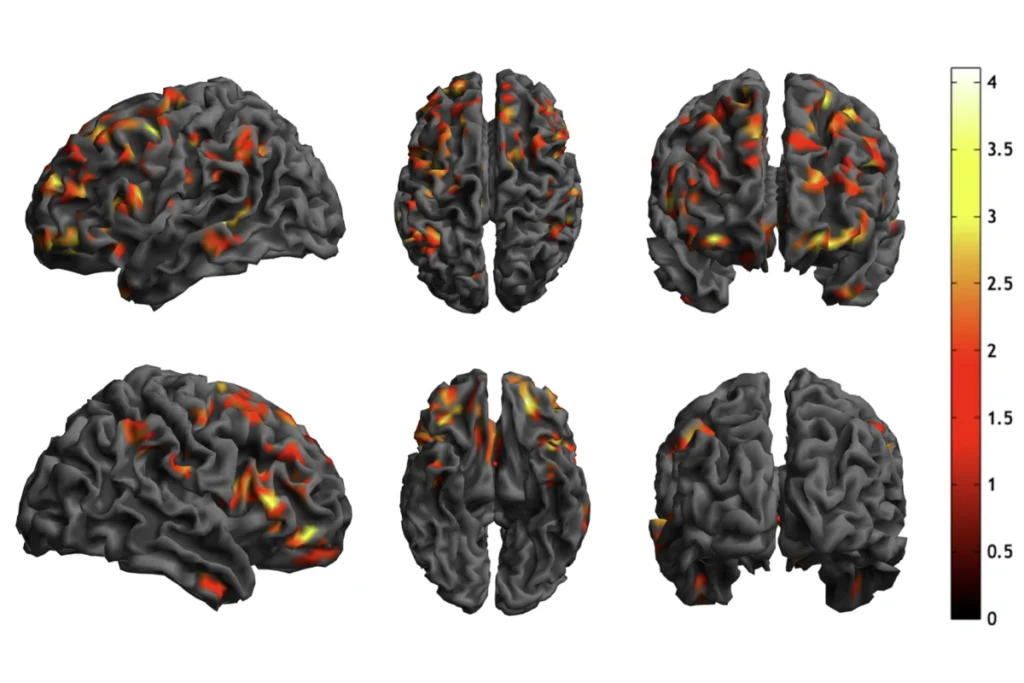Women who use marijuana while pregnant may be more likely to give birth to an autistic child, according to a study published last week in Nature Medicine1.
The findings generated widespread press coverage, but researchers are calling for a cautious interpretation of the results — in part because the association surfaced through an analysis of birth records, not a controlled study.
“This is still a database study and it’s not going to answer all the questions,” says lead investigator Daniel Corsi, senior research associate at the Ottawa Hospital Research Institute in Canada. “We don’t have perfect data.”
The findings are “provocative,” particularly given the large study size, says Stephen Sheinkopf, associate professor of psychiatry and human behavior at Brown University in Providence, Rhode Island, who was not involved in the work.
Women are increasingly using marijuana during pregnancy, especially as more states in the United States and other countries legalize its use2. The trend has raised questions about how the substance affects fetal development.
But scientists need to take care in communicating the new results, Sheinkopf says: “These are going to be viewed not only by the public but also by policymakers.”
Matching cohorts:
The researchers tracked diagnoses of neurodevelopmental conditions, including autism, in more than 500,000 children born between 2007 and 2012 in Ontario, Canada. They used a birth registry to identify mothers who used cannabis during pregnancy. At a first trimester check-in, 0.6 percent of the mothers in the registry reported that they had.
Corsi and his colleagues also checked whether any of the children in the registry had been diagnosed with autism after age 18 months, or attention deficit hyperactivity disorder (ADHD), intellectual disability or learning disorders after age 4.
Of the half-million registered children, 7,125 were diagnosed with autism, the team found. And, Corsi says, the prevalence of autism was higher among children born to women who had used marijuana during pregnancy: 2.22 percent, compared with 1.41 percent among women who had not.
But marijuana users differed from nonusers in many other ways that could affect pregnancy outcomes: For example, they were far more likely to have a psychiatric condition, and to use other substances, such as alcohol and prescription drugs, during pregnancy.
To control for these potential confounding factors, the researchers pared down the non-user group — from nearly 500,000 to around 170,000 — to match them to the user group more closely.
The association remained after the matching, Corsi says, with 2.45 percent of cannabis-exposed children receiving an autism diagnosis, compared with 1.46 percent of children who were not exposed. It also stood after controlling for other factors, such as examining women who used cannabis but no other substances.
“It’s compelling that their primary finding of that association with autism was able to be upheld,” says Rose Schrott, a doctoral candidate at Duke University in Durham, North Carolina, who was not involved in the research but has studied the effects of marijuana on autism genes3. The findings provide a “strong foundation” for additional, more tightly controlled studies, such as in animal models, she says.
Careful reading:
There are other confounding factors that the retrospective data can’t capture, Corsi and others say.
For example, the information on a mother’s psychiatric condition only captures her diagnosis, and does not take into account undiagnosed conditions or those in the father or other family members. Also, the socioeconomic status may be skewed because researchers measured it using census data on the area where the mothers lived, rather than individual household income.
And the data on marijuana use indicates only whether a mother used marijuana at all, not how much or often or whether for recreational or medicinal purposes — to treat nausea, for example. Demonstrating that more marijuana use leads to a stronger association with autism would strengthen the finding, says Keely Cheslack-Postava, research scientist at the New York State Psychiatric Institute in New York City, who was not involved in the research.
“It’s a great use of the data that was there, but I would like to see that kind of evidence in the future to help us really assess if this is a true association,” Cheslack-Postava says. As it stands, the study shows that the relationship between marijuana and autism is “a question that deserves further examination.”
The study may underestimate marijuana use, Sheinkopf says, because mothers may be reluctant to report marijuana use during pregnancy due to stigma or concerns about legal repercussions.
“There’s a long history of efforts to harshly criminalize drug use during pregnancy, and this is damaging to mothers and babies because it shunts women from the healthcare system to the legal system in really damaging ways,” he says. “We as clinical scientists need to advocate for the findings to be used to improve healthcare and not for the purposes of criminalization of moms.”
Future studies could examine cannabis use in a research setting, where privacy may be better protected than it is in a doctor’s office. Corsi is also planning studies that use blood or urine samples to precisely measure cannabis levels during pregnancy.






